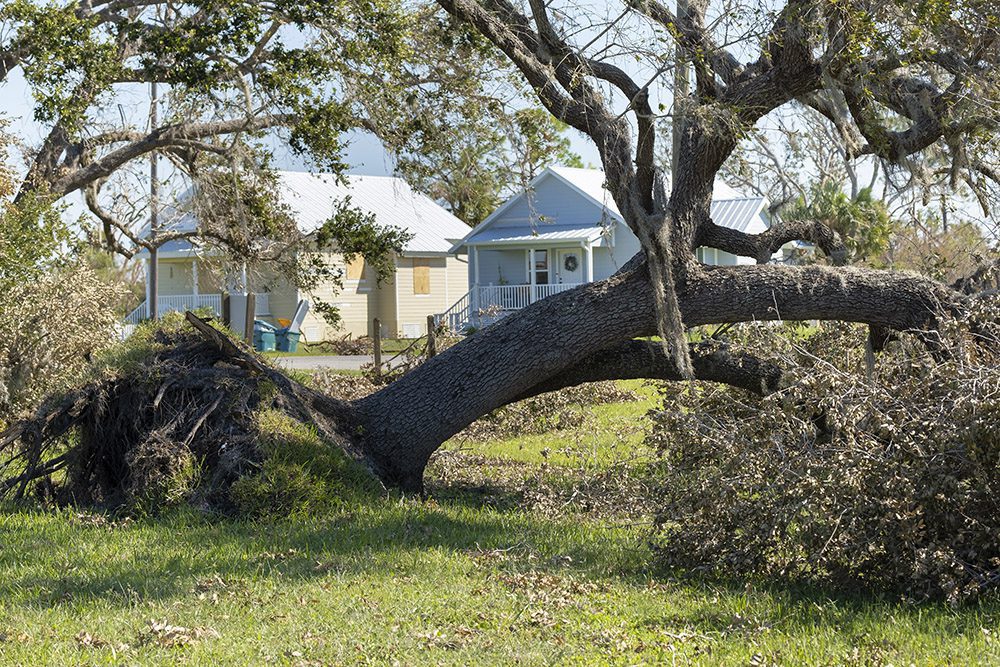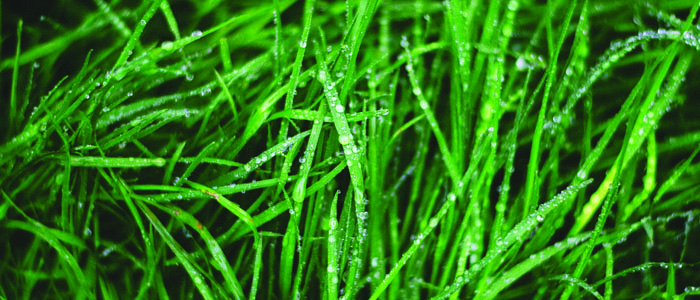
Stinging insects including various types of wasps, yellowjackets, hornets, and bees, are pretty much a common summertime sighting and pest. And their stings can be more than just a painful nuisance. The National Pest Management Association reports that stinging insects send more than half a million people to the emergency room every single year. Those with allergies are at the most at risk, although anyone can be affected if a large number of stinging insects swarm and sting in multiple areas.
One way to protect you and your family from the stinging insects like wasps and hornets this year is to ensure your property is free from all forms of hives and nests. On a routine basis, walk around the exterior of your home. Pay special attention to overhangs, eaves, along with the underside of porches and decks for nests. Be sure to additionally inspect shrubs, trees, sheds, and other structures. If you do happen to find a nest on your property, don’t attempt to remove it yourself, as the colony will become defensive and attack en masse. Instead, contact a licensed pest control professional who will be able to safely relocate or remove the hive.
Some stinging insects pose a more serious threat than other species. To determine the exact risk to your family, it is in your best interest to identify the type of insect. This is especially true for wasps and yellowjackets. A trained pest professional will be able to properly identify a pest species along with the level of threat it offers. However, in this article, we are going to look at some of the more common stinging types of insects.
Yellowjackets
These insects have a distinguishable yellow and black color pattern and are between 3/8 – 5/8 inches in length. Yellowjackets typically live in constructed nests that they have made from their own form of a paper carton. These nests have the potential to grow to be the size of a basketball. You’ll usually see a single nest containing a number of rounded paper combs. They which are attached one below another and covered with a many-layered envelope.
Depending on the species of yellowjacket, the nest may be near the ground, such as on plant roots, or logs. They may additionally be aerially attached to shrubs, bushes, houses, garages, and sheds.
Yellowjackets are typically slow in offering to sting. However, they won’t hesitate and will become quite aggressive if their nests are threatened. Due to their control of other pest-like insects, yellowjackets are often considered beneficial. However, if they have decided to place their nest near or within a structure, then the cons may seriously outweigh the pros of having them around.
Final Thoughts
If you find a yellowjacket or wasps nests, do not attempt to remove it yourself. These stinging insects can become highly aggressive and dangerous. If you do find a nest, or you have an infestation of insects in or around your home, don’t hesitate to give us a call. We are right here to help at Consolidated Pest Control!








